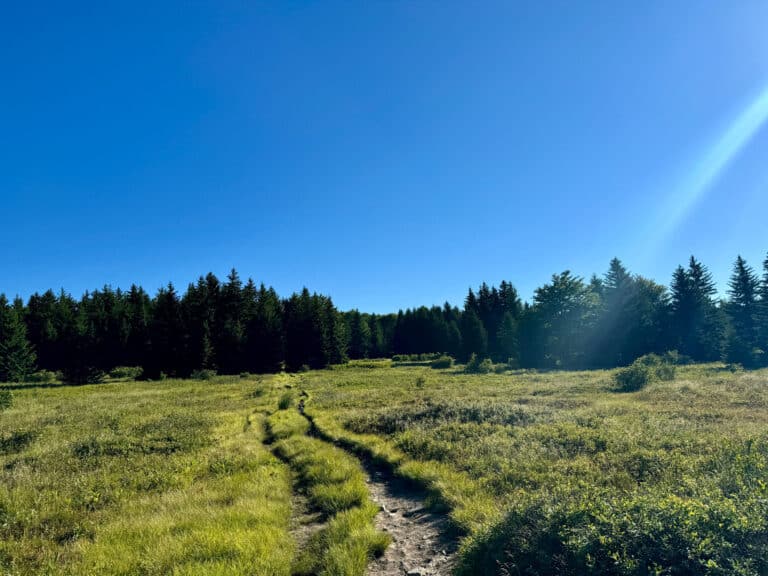“With most carbon bikes, you have to cut the seat post,” Andrews says. “If you cut the carbon and screw it up, it’s over. You need a new bike. The Madone has a sliding system with changeability.”
The new design features cut almost a pound of weight off the old Madone, and add a much-needed sense of flair to this industry standard ride. The result is a very pretty, super-light, performance-based ride for serious bikers looking for podium finishes.
——————–
MOUNTAIN BIKES
2008 is the year your mountain bike becomes smarter than you. Two major bike manufacturers (Specialized and Trek) have redesigned their cornerstone bikes, introducing significant new suspension technologies that industry insiders say will change the way full suspension bikes are ridden. Always skeptical and always thinking of our readers, BRO tested both the new Trek Fuel and Specialized Stumpjumper FSR, pitting the new suspension systems against each other in a head to head battle. We took both bikes over the same terrain to see how each performed up the long climbs, over logs, through technical roots and rock, and over sweeping downhills.
STUMPJUMPER FSR

Bike Tested: Stumpjumper FSR Expert $3,700 Top of the Line: Stumpjumper FSR S Works: $7,400 New Technology: Brain Technology Future Shock S120
Hype: The Brain system is supposed to only engage when needed. If you’re pedaling over smooth terrain, the suspension stiffens up. As soon as you hit a bump, the suspension engages. Specialized introduced the Brain in ‘07, but it was a little sluggish and slow to engage. The ’08 version has been completely redesigned to address those issues.
Performance: Has Specialized worked the kinks out of their Brain technology? Absolutely. On smooth, flat surfaces and climbs, the rear suspension stiffened, eliminating the pedal bounce you often get on other full suspension rides. Our testers felt all of their energy was transferred directly to the pedal, losing nothing to the suspension. As a result, the Stumpjumper climbed cleanly and efficiently, as long as the rider stayed in the saddle. Stand up to pedal through a steep or technical climb, and the suspension engages and your pedal strokes become squishy, just like any other full suspension bike.
The Stumpy had superior control at high speeds on the downhill, even though the geometry is more compact than other bikes found at this level, putting the rider in more of an upright position than expected. Even with the higher center of gravity, our testers had great control over the bike through berms, rock gardens, jumps, and whoop-de-doos. We took the bike on a specific downhill that alternates between smooth red clay and gnarly root systems, and the Brain suspension transitioned seamlessly.







